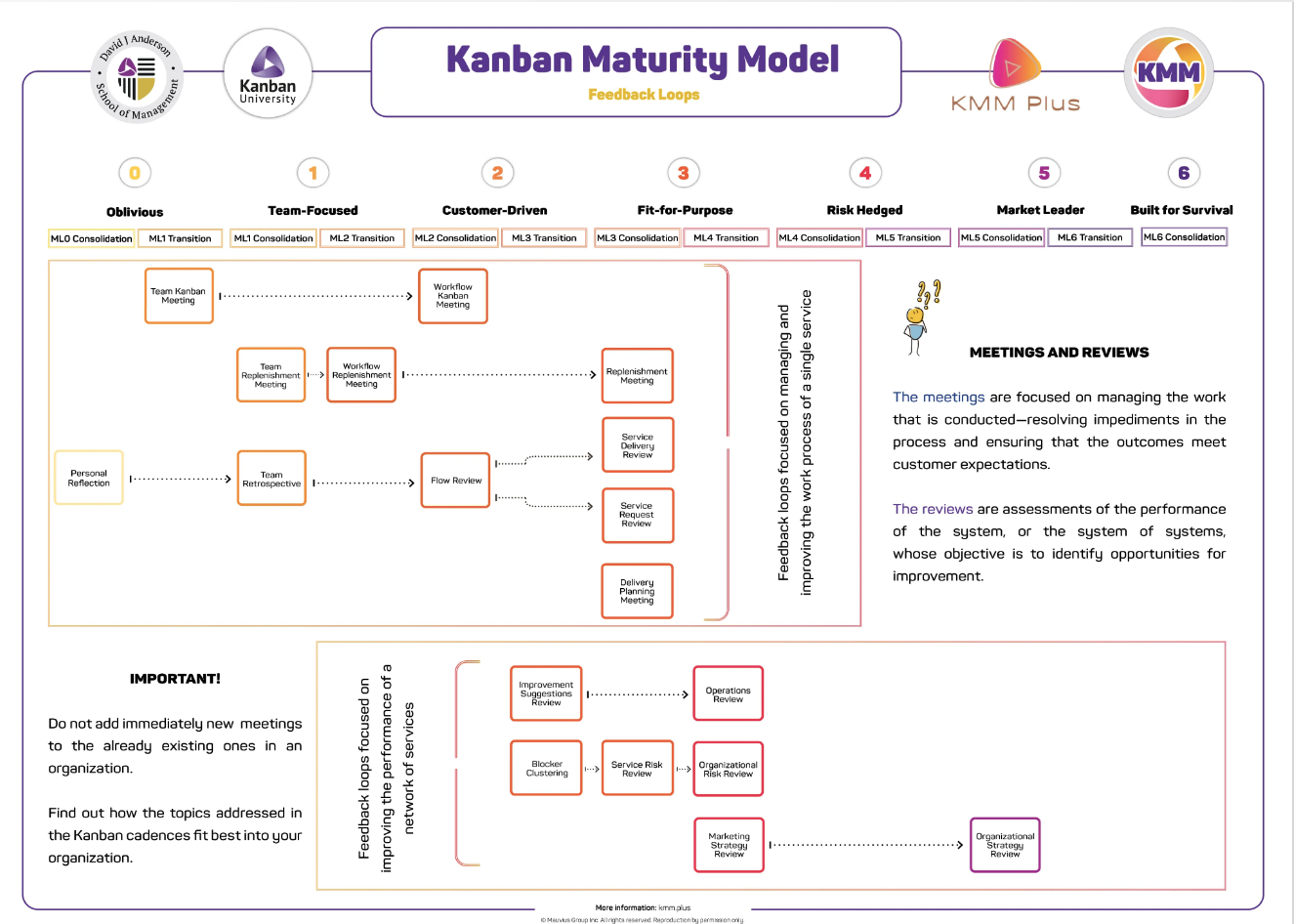Choosing Metrics That Make A Difference: A Guide to Effective Measurement
In today’s data-driven world, businesses have access to an abundance of metrics and performance indicators. However, not all metrics are created equal, and it’s crucial to focus on the ones that truly make a difference. In this blog post, we will explore the importance of selecting metrics that align with your business goals and customer needs. By understanding the different categories of metrics and their significance, you can make informed decisions and drive meaningful growth.
The Metrics Dilemma
Businesses often find themselves drowning in a sea of metrics. While the collection of data is essential, many metrics are either non-actionable or not utilized effectively. The sheer volume of available metrics can be overwhelming, leading to confusion and inefficiency. To overcome this challenge, it is crucial to identify the metrics that truly impact your business and enable informed decision-making.
Categorizing Metrics
To make sense of the metrics landscape, we can categorize them into four main groups: customer fitness criteria, health indicators, improvement drivers, and vanity metrics.
Customer Fitness Criteria
These metrics are vital to your customers and directly influence their choices and satisfaction. Customer fitness criteria differ among various customer segments, so it’s important to identify and measure the metrics that align with their needs. Examples include time to market, quality, affordability, and optionality. Setting thresholds for minimal and exceptional performance in these metrics enables you to understand customer satisfaction and prioritize improvement efforts.
Health Indicators
Health indicators are essential for measuring the overall well-being of your organization but may not directly impact customer decisions. They are monitored to ensure that your business is functioning within a healthy range. While they provide internal insights, they should not be considered key performance indicators (KPIs) as they do not drive customer satisfaction or choice.
Improvement Drivers
Improvement drivers are metrics used to initiate positive change within your organization. These metrics are temporary and have specific improvement targets. For example, if you identify a drop in delivery rate, you can establish an improvement driver to rectify the situation and bring it back within the healthy range. Once the target is achieved, the metric can be closed or transformed into a health indicator.
Vanity Metrics
Vanity metrics are the most dangerous group of metrics. They provide a sense of accomplishment but often lack actionable insights. In these cases, more is not necessarily better, and the metrics can be misleading. Metrics like social media likes or views fall into this category. While they may boost your ego, they do not directly correlate with business success or customer satisfaction.
Choosing Metrics Wisely
To select metrics that truly matter, it is crucial to understand their purpose and impact on your organization. Ask yourself how each metric aligns with your business goals, customer needs, and decision-making process. By focusing on metrics that drive customer choice and satisfaction, you can ensure that your measurement efforts are fit for purpose.
Taking Action With Metrics
Once you have identified the right metrics, it is essential to make them actionable. Define clear thresholds for success and failure, enabling you to take prompt action when necessary. Regularly analyze and interpret your metrics to gain valuable insights and guide decision-making. Metrics should inform your business strategy, help identify improvement opportunities, and drive growth.
Conclusion
Measuring the right metrics is crucial for the success of any business. By understanding the different categories of metrics and their relevance, you can avoid falling into the trap of collecting non-actionable or misleading data. Focus on customer fitness criteria, monitor health indicators, utilize improvement drivers, and be cautious with vanity metrics. Choosing metrics wisely and making them actionable will empower your organization to thrive in today’s competitive landscape. Remember, it’s not about collecting endless data—it’s about measuring the right things.
To learn more about metrics and focusing on what your customers really want, check out our self-paced learning course.





